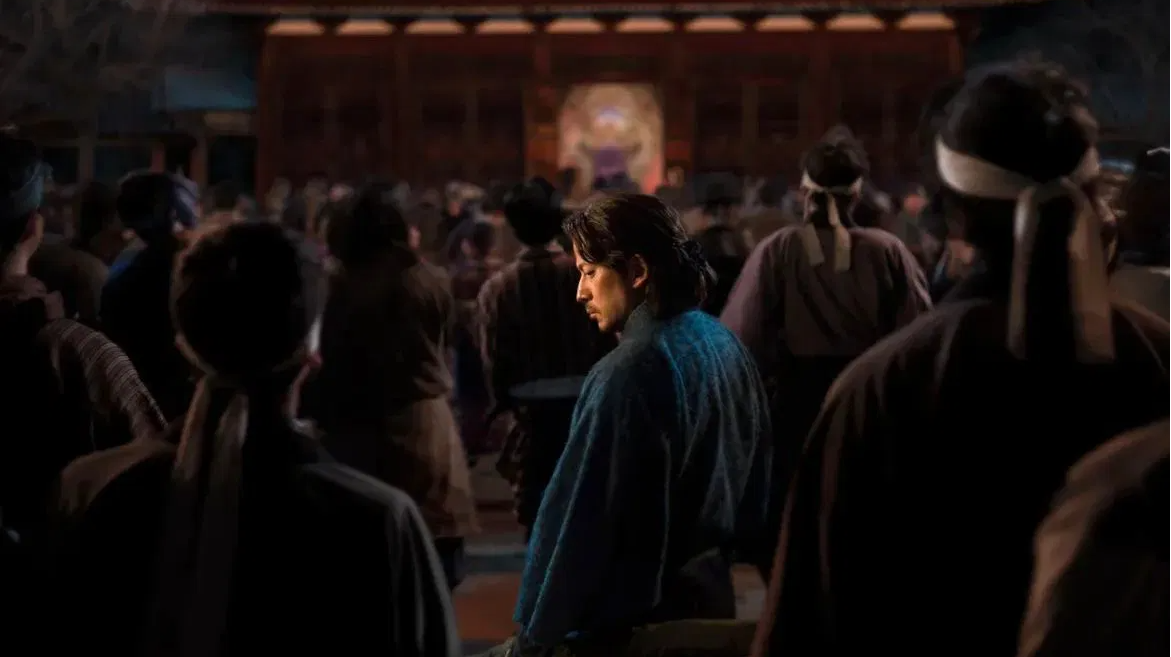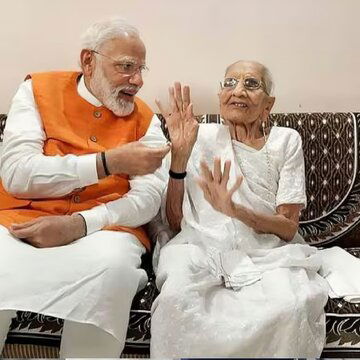Last Samurai Standing, the latest Japanese drama on Netflix, takes over a spotlight that Squid Game had previously held. The idea immediately evokes comparisons with a deadly, secretive competition, wealthy spectators, and desperate competitors motivated by the promise of a massive cash prize. However, critics believe that it is wildly incorrect to expect Last Samurai Standing to become "the next Squid Game."
While both series share structural many similarities, Last Samurai Standing builds its story on a completely different emotional and cultural foundation.
A familiar premise but a different heartbeat
The show is set in the backdrop of 19th-century Japan, shortly after the Meiji Restoration, when the new government abolished the samurai class. The protagonist, Shujiro Saga (Junichi Okada) who was once a proud swordsman is now impoverished, traumatized by war, and living through a cholera outbreak that threatens his family.
Also Read | Anunay Sood, popular travel influencer, passes away at 32, cause of death still unknown
A mysterious flyer offering an enormous prize lures him back into combat. Soon, 292 warriors find themselves in Kyoto, unknowingly enrolled in an illegal, brutal race to Tokyo. To progress, contestants must kill opponents and collect their wooden tags. If they quit or reveal the contest, they are executed.
It’s violent, ruthless, and reminiscent of Squid Game. But the resemblance stops there.
Martial arts, Meiji politics & emotional core
Unlike Squid Game’s psychologically driven, capitalist critique, Last Samurai Standing is grounded in:
Historical upheaval,
Martial-arts traditions, and
A character-driven moral struggle.
Shujiro forms a protective bond with Futaba, a teenage girl fighting for her cholera-stricken village. Their emerging father-daughter dynamic becomes the emotional anchor of the series, something Squid Game never had.
The antagonistic force, Toshiyoshi Kawaji, the real founder of Japan’s Meiji-era police force, runs the murderous “kodoku” tournament to wipe out remaining samurai. The clash between old-world values and new political power shapes the show’s thematic core.
Visually, the series stands apart. As the contestants move across the Tōkaidō Route, the cinematography embraces misty forests, traditional villages, and stylized action sequences choreographed by Okada himself.
Not the next Squid Game and that’s a strength
Reviewers note that while Netflix may hope to recapture the global domination of Squid Game, Last Samurai Standing is fundamentally a different experience:
more action-styled than psychological,
more emotional than nihilistic,
more hopeful than bleak.
Also Read | Global music giant Billboard set to enter India in 2026
Critics have highlight that the series thrives when judged on its own terms, as a historical action with strong performances, standout fight choreography and a compelling central relationship.
Netflix’s global audience may come for the Squid Game comparisons, but they’ll stay for something else: a beautifully shot, emotionally charged martial-arts drama that stands tall on its own.










